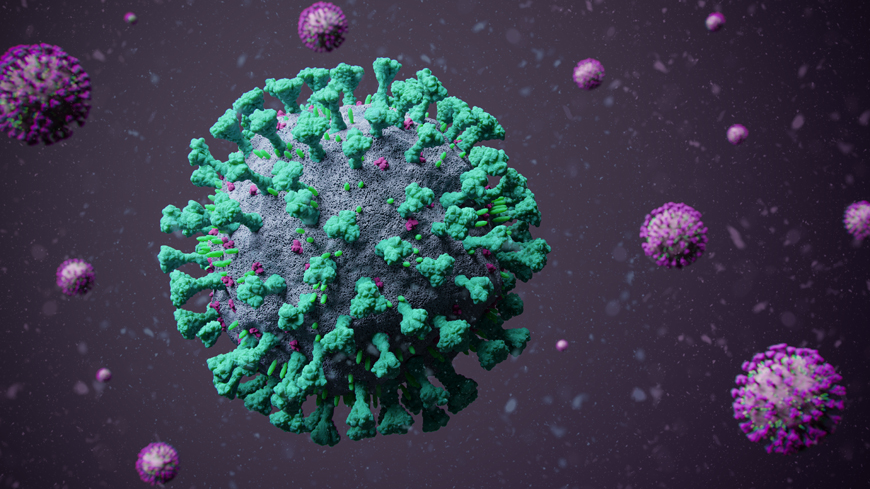Global Warming, Economic Inflation, and COVID-19… The Most Unwelcome Visitors
We—human beings—have been hearing terms like global warming and economic inflation for ages now. Nevertheless, only very recently did we start to see and personally experience their consequences.
COVID-19 was the newest unwelcome visitor added to the list. It was not until it started spreading and metastasizing that we started to know the nomenclature and the term itself.
Timeline
-
December 12th, 2019
A cluster of patients in Wuhan, Hubei Providence, China, began to experience shortness of breath and fever.
-
December 31st, 2019
The World Health Organization China Country Office is informed of a number cases of pneumonia of unknown etiology detected in Wuhan, Hubei Province. All cases connected to the Huanan Seafood Wholesale Market in Wuhan.
-
January 5th, 2020
Chinese public health officials share the genetic sequence of the unknown pneumonia virus (Wuhan-Hu-1) through an online database.
-
January 7th, 2020
Chinese authorities identify and isolate a novel coronavirus as the causative agent of the outbreak
-
January 22nd, 2020
The World Health Organization confirms human-to-human spread of the novel coronavirus.
-
January 31st, 2020
The World Health Organization International Health Regulation Emergency Committee reconvenes and declares the coronavirus outbreak a Public Health Emergency of International Concern.
-
March 11th, 2020
The World Health Organization declares COVID-19 a pandemic.
A Whole New World: How COVID-19 Affected Our Lives
In the blink of an eye, COVID-19 changed the world as we knew… forever!
During the peak of the coronavirus, not a single thing remained the same as it was. The main reason behind such ramifications was the fact that human-to-human spread was confirmed. Thus, hugging your brother or shaking hands with a friend turned into a taboo, as it became a potential fatal, instead of a socially welcomed interaction.
What are the consequences of COVID-19?
The consequences were many, and some of them are still ongoing, such as:
- Wearing face masks, refocusing on our personal hygiene, and taking care of our own health habits in order to build a stronger immune system.
- Keeping distance. This resulted in bringing attention to potentially new environments, and it increased the flow of working from home, and online learning.
- Relying on the Internet and technology in almost everything, from delivering groceries to our doorsteps, to shopping online, to meeting people in online rooms using different applications and platforms, or joining virtual classes and courses while staying at home.
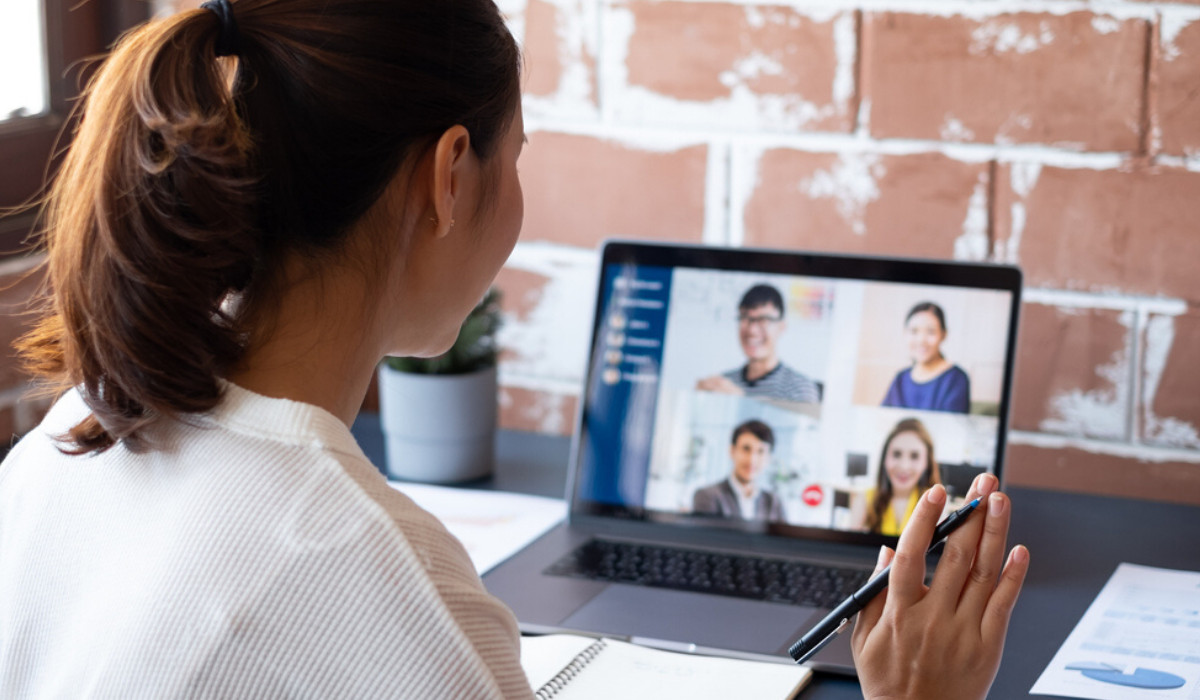
Most online-based services were growing steadily before COVID-19, services that are online-based were witnessing a steady outgrowth before COVID-19, but things changed dramatically throughout and after the covid.
The golden, very well known, rule is “statistics speak louder than words!” Hence, this statistical scheme shows how online shopping or online ordering—of both goods and services—radically hit the benchmark amongst internet users in Europe during the period of 2019-2021.
It is strange enough to confess that reaching percentages of 85% and higher in online shopping and services would not have been applicable or achievable without COVID-19, the weirdest pandemic!
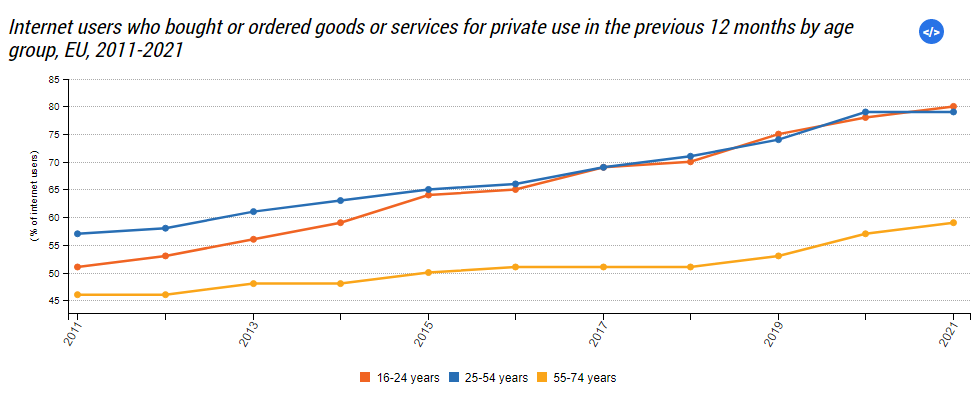
Source Eurostat Statistics
Not Only Online Shopping, But Also Learning! A Novel Era of E-Learning
Schools, institutions, and universities, are all known to be places of intense interaction, whether among the students, the students and their professors, or the students and their surroundings.
From classrooms, laboratories, and shared bathrooms to all the tools in use, all are places prone to have excessive interaction from different students and educators during the day. With all the regulations and instructions applied during the time of COVID-19, going to schools, institutions, and to study groups was banned globally!
All of a sudden, the everyday’s educational process was stopped, and creative solutions and substitutions needed to take place.
The concept of e-learning was not newly introduced, rather it existed since the 1990s, and was only limited to very few educational institutions and schools around the world. Nevertheless, e-learning kept facing applicability difficulties in science-related universities or STEM schools, due to the practical nature of such institutions.
Unlike studying economy, languages, or arts, the study of science, engineering, or STEM fields, require very interactive and competitive teaching and learning environments, where an e-learning option was never a preferred one for almost all educators and professors, neither was it the right choice for STEM students as well.
One of COVID-19’s challenges we faced was to secure a successful migration for STEM students—regardless of their available facilities and economic levels—from physical learning to online learning (e-learning).
Was Technology Able to Secure Such a Migration? Astonishing Facts…
If we are to give the coronavirus era a name, it would probably be
“We Are Online!”
Virtual classrooms, online quizzes, and YouTube courses were how most students spent their 2020-2021 academic year and both educators and students started to favor using online platforms or recorded classes instead of paying a daily visit to their educational institutions! This case is easily noticed amongst university students in particular.
Applications and platforms like Zoom, Google Meet, Google Classroom, Skype, WhatsApp, and Lark were reported to be used in online classes by educators and teachers.
The graph statistically shows the percentage of using each of the top 5 most used applications.
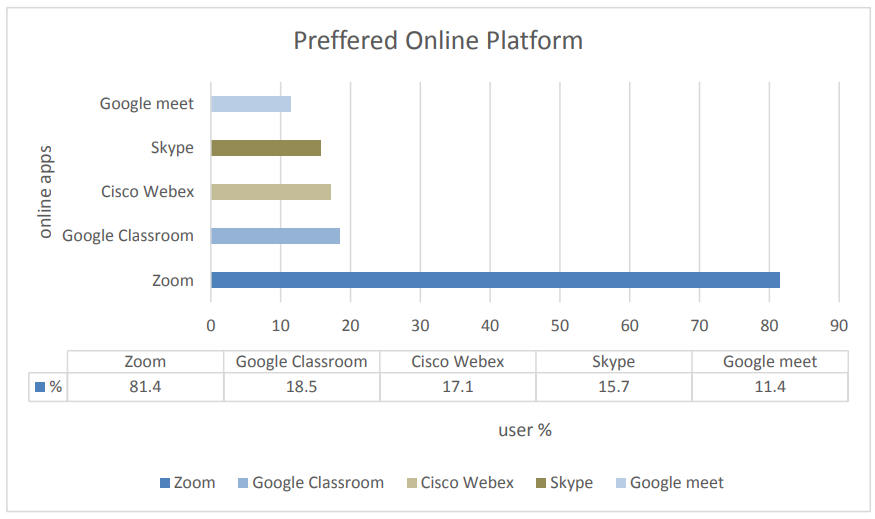
Source ResearchGate
On the other hand, a whole different issue faced STEM students and institutions, that is:
How to do our labs work online?
Even with the online lectures and courses, STEM students still lacked a pivotal step in their educational hierarchy, that is: laboratories.
Since laboratories started to exist, we have known them as well-structured buildings and rooms that are full of tools, appliances, devices, chemicals and reagents, and computers.
Never has it crossed their minds to be able to conduct their complicated and rigorous lab experiments online! But, could they?!
Virtual Science Labs: An Ed-Tech Revolution!
The answer is “Yes, they could!”. Virtual science labs services were already in the market before 2019, but they were less common and not widely used.
COVID-19 was a great contributor in the journey of these companies, where they considered it their true start line and advocate towards growth. Many reasons qualify virtual science labs over real physical labs and make their outstanding options and varieties able to compete, such as
- Helping students and professors make the best of their time. By scheduling their labs, and benefiting from the 24/7 online practice, thus lowering the demand for the real labs.
- Experiments can be repeated as much as the student wants, to excel at them, without wasting more material or costing more money.
- Being safe. Since students do not have to directly deal with hazardous or dangerous substances.
- Plenty of dedicated studying materials are offered with each experiment to ensure covering different levels of thinking skills; from knowledge, to comprehension, to application, and all aim to help students learn something new. (this webinar shows what some of the best experts in the field think in regard to this topic).
- Constantly updating and enhancing our user experience, interface, and features to cater to educators’ and students’ needs.
- Ethically verified! Virtual labs, like PraxiLabs, do not harm the environment, animals, nor the humans conducting the experiments themselves. Since everything is held online, the animals will keep their lives, the environment will not be affected, and human’s safety is retained.
- The reports coming off virtual labs systems are designed to help educators and professors assess their students and mentor them better
- Virtual labs help institutions and governments in cutting off and reducing the huge amounts of money dedicated to building labs, equipping, and operating them
The bitter-sweet fact is that COVID-19 —with all its horrific history— had one silver lining, which was accelerating the focus on and the growth of technology in education, known as edTech.
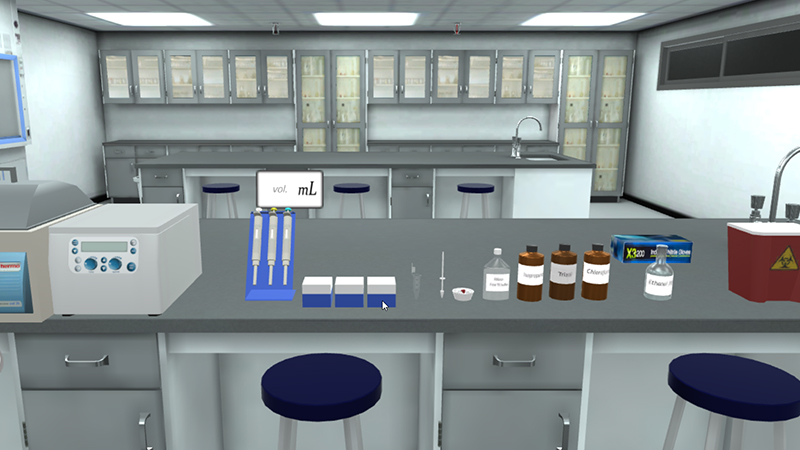
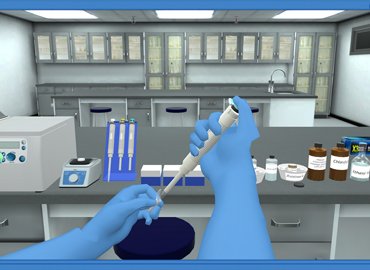
Images from PraxiLabs virtual lab simulations
Delve into the Future of Science Labs with PraxiLabs
Over 150 countries and 1.6 billion students faced disruption with their educational process due to COVID-19. The implemented remote learning modalities were all a form of emergency response.
As mentioned earlier, virtual science labs were in the market long before 2019. Still, companies that offer such service are distinctively few. PraxiLabs is one of the experienced, growing, and leading companies in the field that managed to change the map of science laboratories forever.
PraxiLabs is a company that builds and tailors virtual science lab experiments using both the technologies of low immersion virtual reality and 3D simulations.
The company was founded in 2016 by Dr. Khadija El-Bedweihy, the ed-tech entrepreneur, the PhD holder from Sheffield University who specialized in developing the interaction between humans and computers, and the founder and CEO of PraxiLabs.
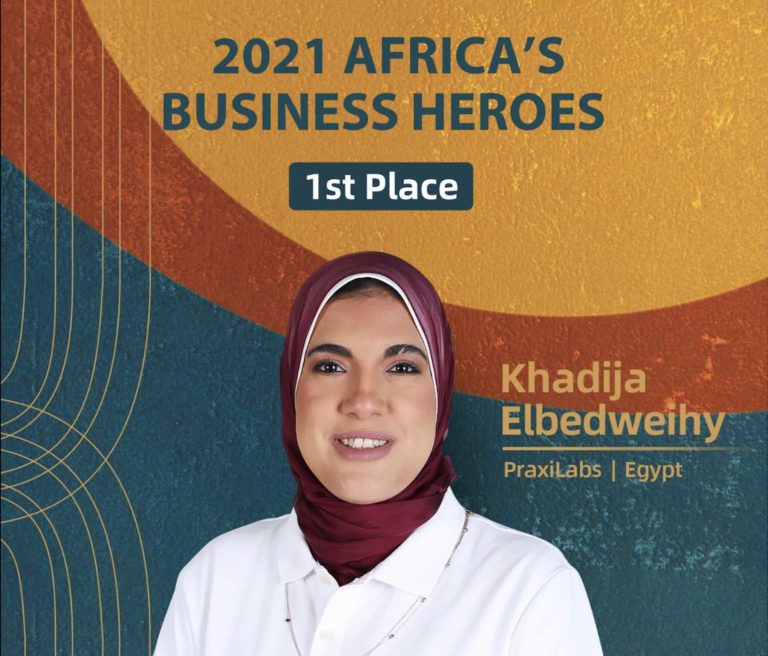
Source Tech Gist Africa
COVID-19 was the game changer in PraxiLabs journey, where purchases and subscriptions started to incredibly increase with the suspension of work in schools and universities as a precautionary measure for the coronavirus.
With the pandemic starting, PraxiLabs did not hesitate to take its social and educational role seriously, where it launched a very unique initiative for distance learning. The initiative, which took place with the start of the pandemic in March and lasted till the spring semester, offered students and institutions free subscriptions and unlimited access to PraxiLabs experiments and virtual labs. This helped many students to continue their studies, conduct their experiments, and face the lockdown’s harsh circumstances and the sudden online transition.
In return, many schools and universities, like Quarry Lane School, SUNY Old Westbury College, and Texas A&M in the US, KPU in Canada, Ain Shams University in Egypt, and many more, started to be aware of the importance of using virtual lab platforms, i.e. PraxiLabs. They stepped out of their comfort zone, in order to deliver their education curriculums effectively and in the best possible way.
Khadija and her team in PraxiLabs got even more motivated to work day and night to professionally serve all STEM and science sectors that use their services.
PraxiLabs was initially designed to help students in the Middle East, Africa, and the rest of the world, excelling in their science experiments. By founding PraxiLabs, Khadija’s main objective was to give all students an equal and fair opportunity in science, without taking neither their financial abilities nor physical disabilities into account
STEM institutions and students are PraxiLabs main partners, especially those with specializations in biology, chemistry, and physics.
With Numbers… How PraxiLabs Helped Students during COVID-19
In spite of the hard times and situations that faced humanity throughout the peak of the coronavirus, many social innovative initiatives started to direct their efforts towards people and how to aid them smartly, and differently using the minimum of the resources and the slightest human interaction.
“Everyone started realizing the importance of Internet and remote setups; hence the focus is shifting toward providing different solutions in that direction, which can already be seen by initiatives not only in Egypt but everywhere”
Dr. Khadija El Bedweihy, Founder & CEO of PraxiLabs
PraxiLabs did not hesitate to help both the students and professors, and this was via:
- Providing free access to 20 3D simulated lab experiments, in the fields of biology, chemistry, and physics
-
Adding brand new experiments to an already wide variety of 3D simulations in PraxiLabs Catalog of Simulations. By these experiments, we meant:
- 53 in biology,
- 57 in chemistry,
- 32 in physics, and
- 1 safety lab.
- Serving more than 500,000 students since the beginning of COVID-19
- Aiding and helping students and professors in 160+ countries around the world
PraxiLabs is currently focusing on B2B services, as it paved its way in 16 countries, Egypt, Saudi Arabia, UAE, Peru, Singapore, the United Kingdom (UK), Romania, Mexico, Thailand, Philippines, Liberia, Taiwan, Canada, and the United States (US), and is planning for further expansion.
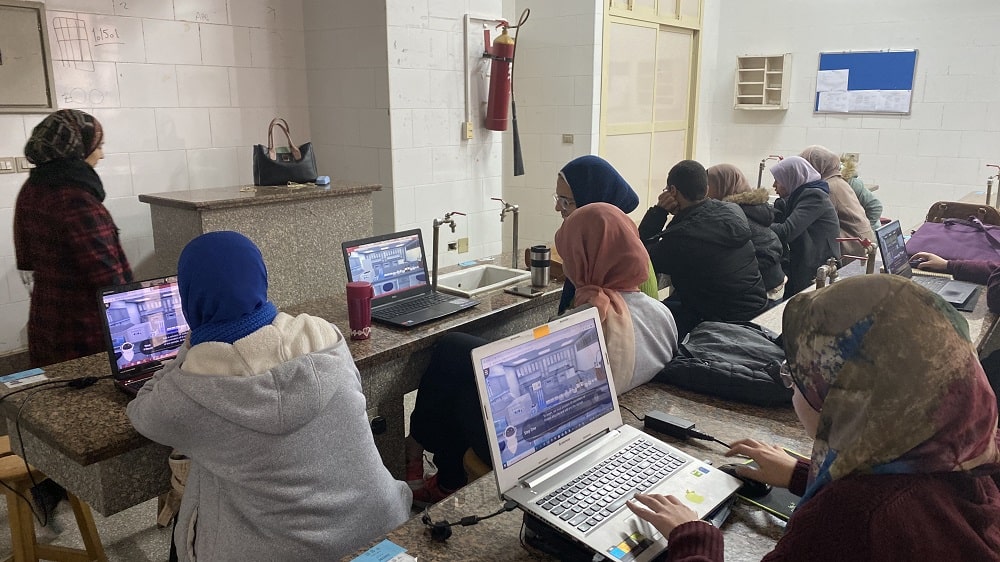
A workshop for students to train them on how to conduct laboratory experiments using PraxiLabs at the Faculty of Science, Ain Shams University
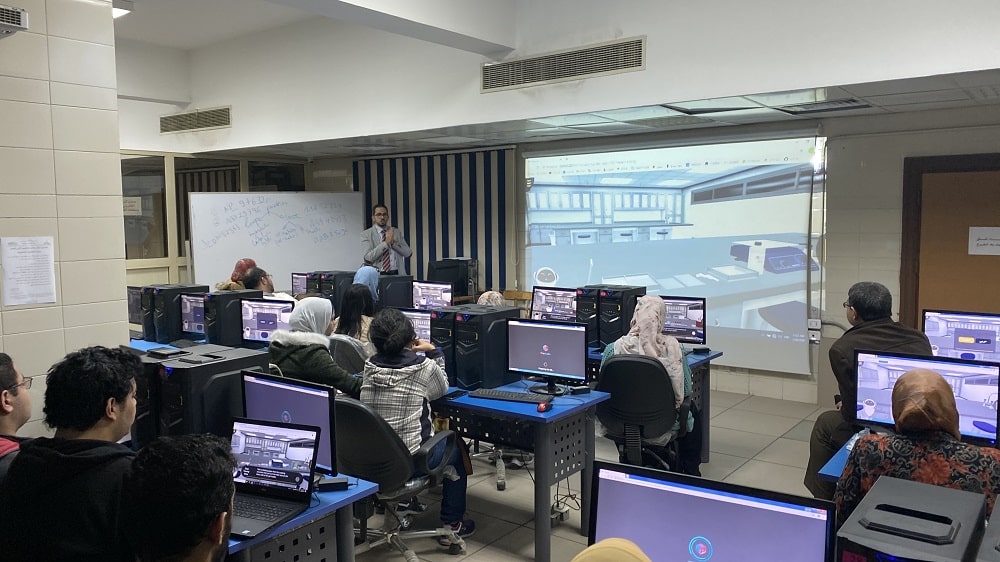
A workshop to view the features of PraxiLabs virtual labs at the Faculty of Pharmacy, Ain Shams University
An Ongoing Dream… What Is Next for PraxiLabs
“We are aiming to heavily grow into the African markets, to further grow in the Americas and Europe, in addition to expanding further into Asia”
Dr. Kahdija El Bedweihy
PraxiLabs is still growing, participating in competitions and seeking accelerators and funds, to be able to develop and serve more students, educators, and institutions.
PraxiLabs’ Most Important Achievements in 2020
is also an insightful read that will help you know more about PraxiLabs in the era of COVID-19 and its overall exciting journey.
Changing the outdated educational schemes, in addition to helping as many students as she can, are Khadija’s dreams… Coming true with PraxiLabs.
Resources
